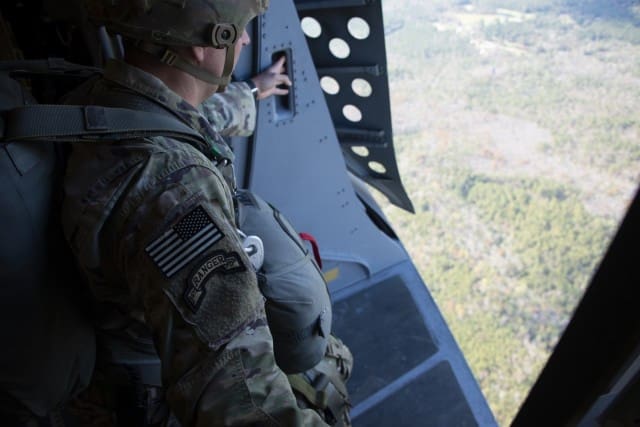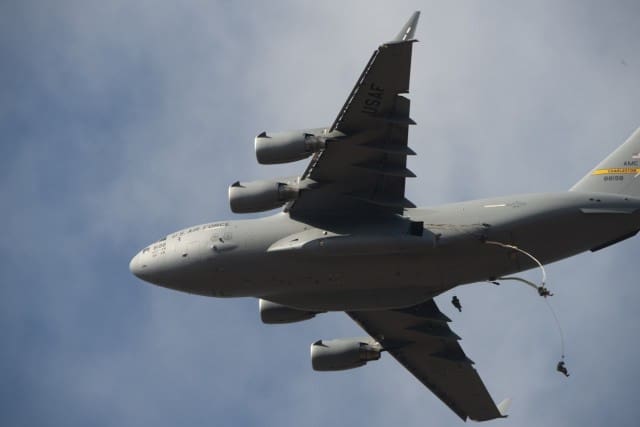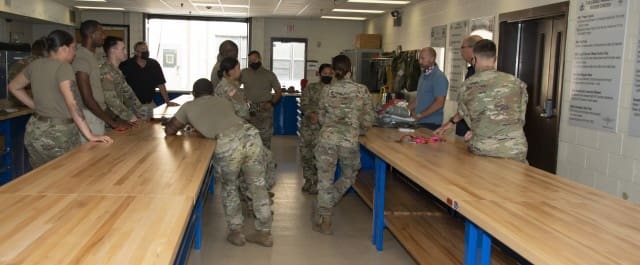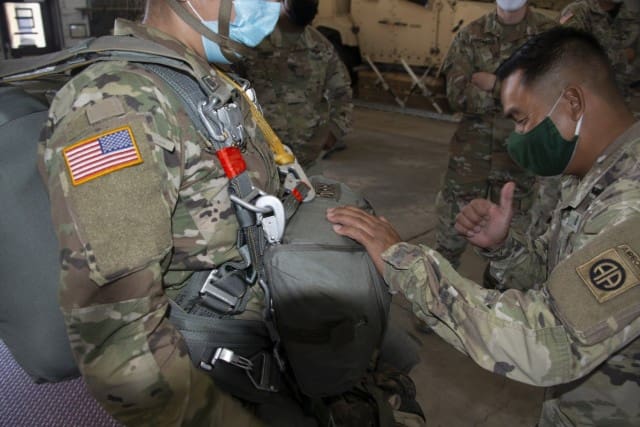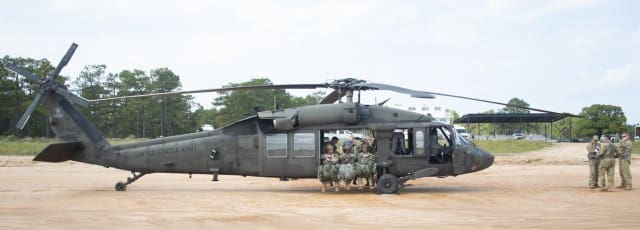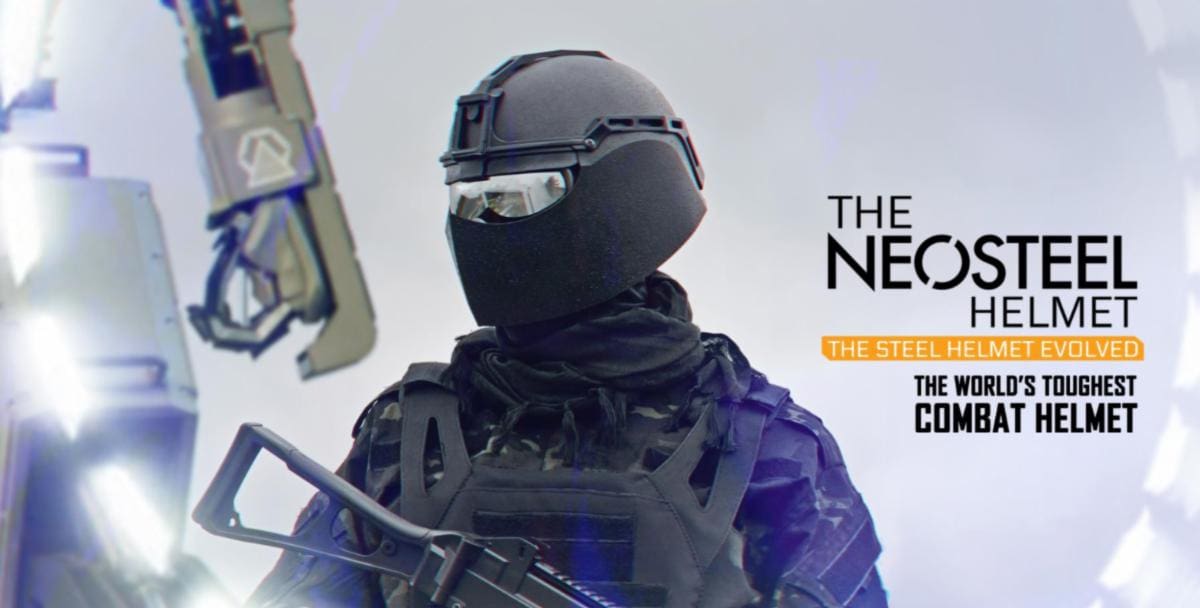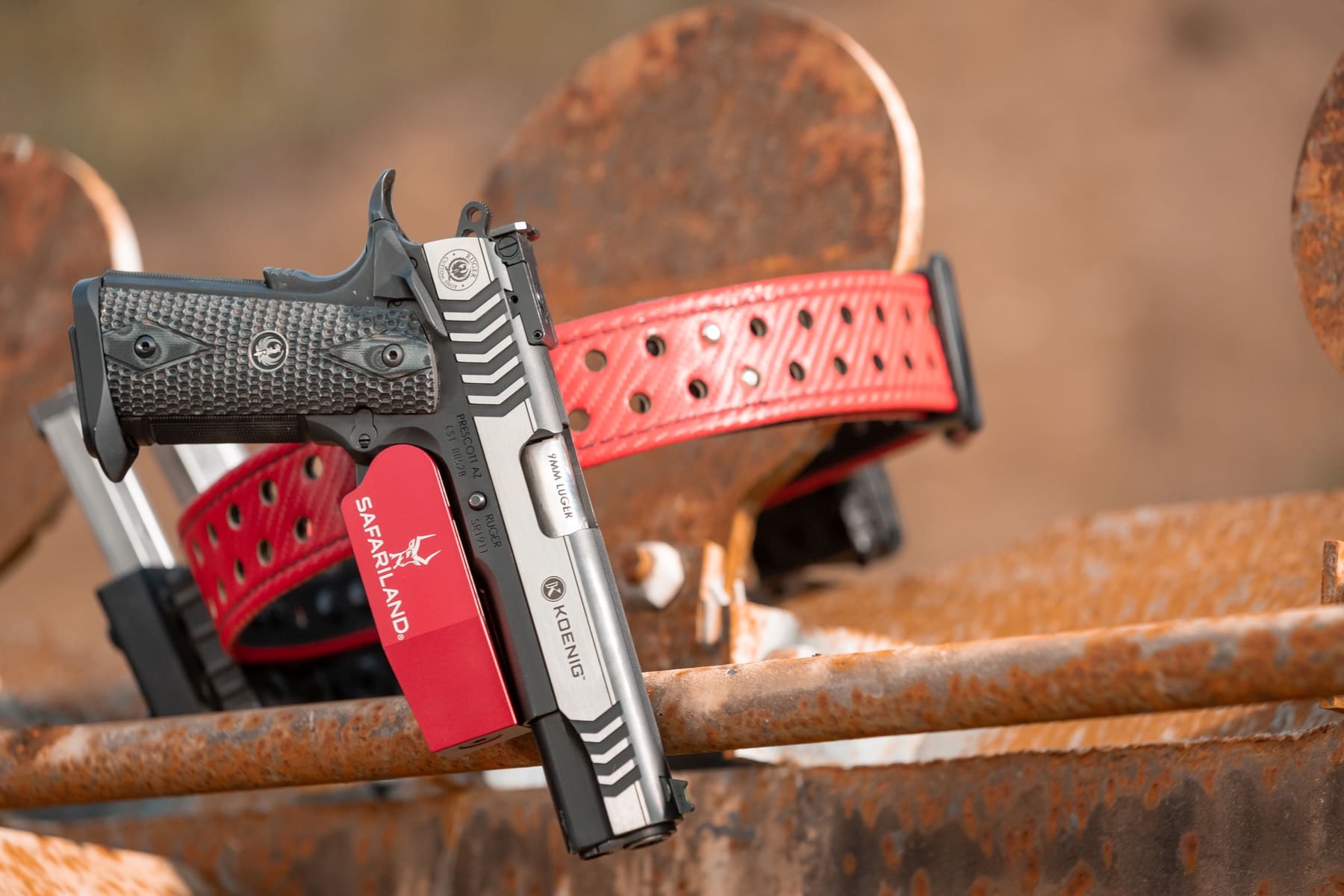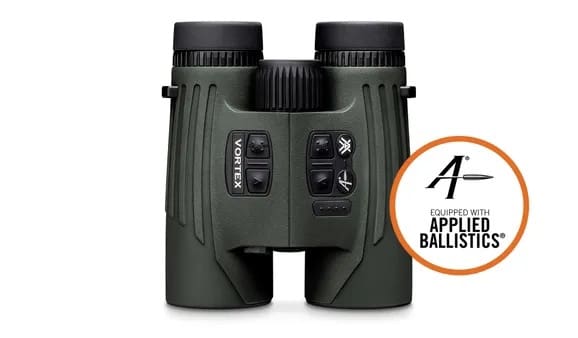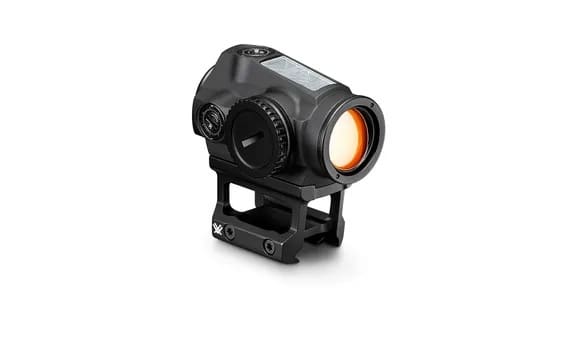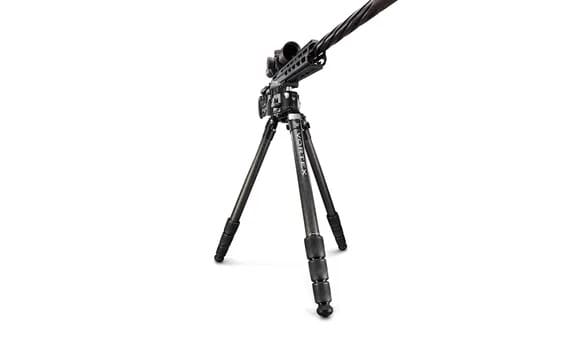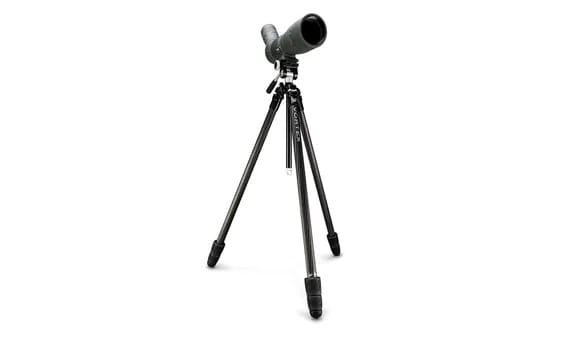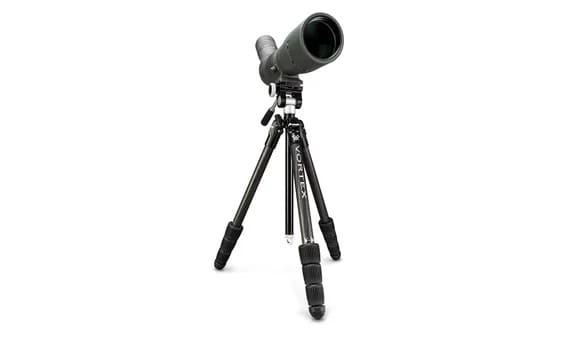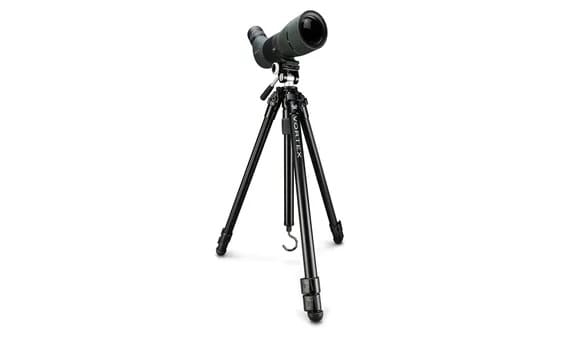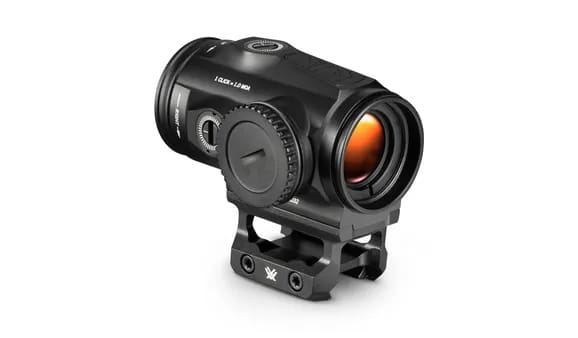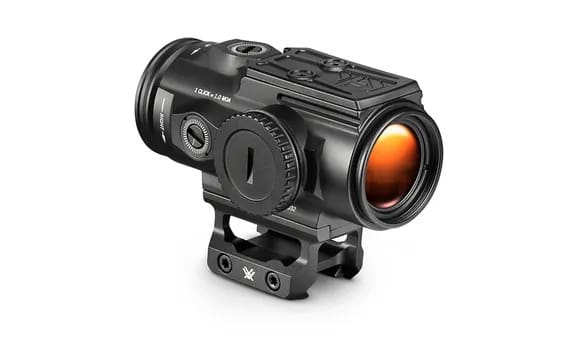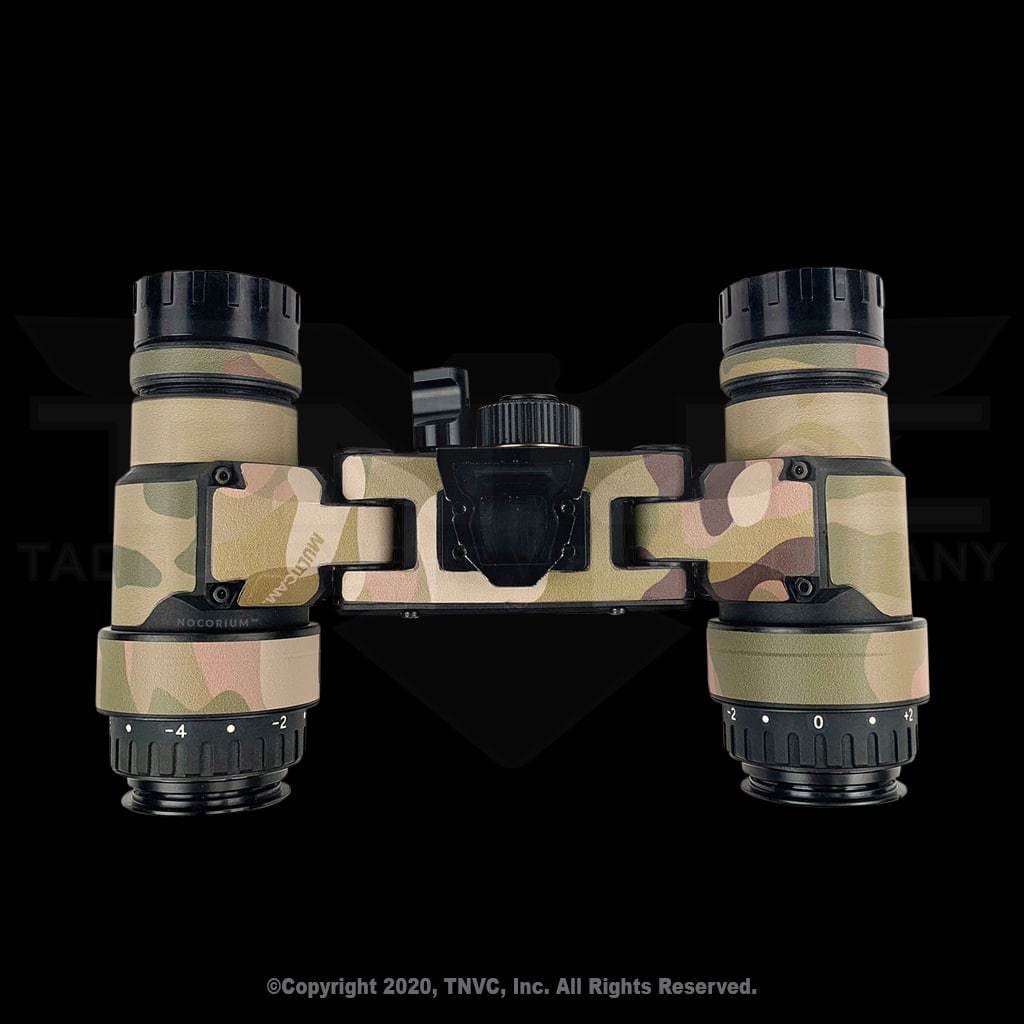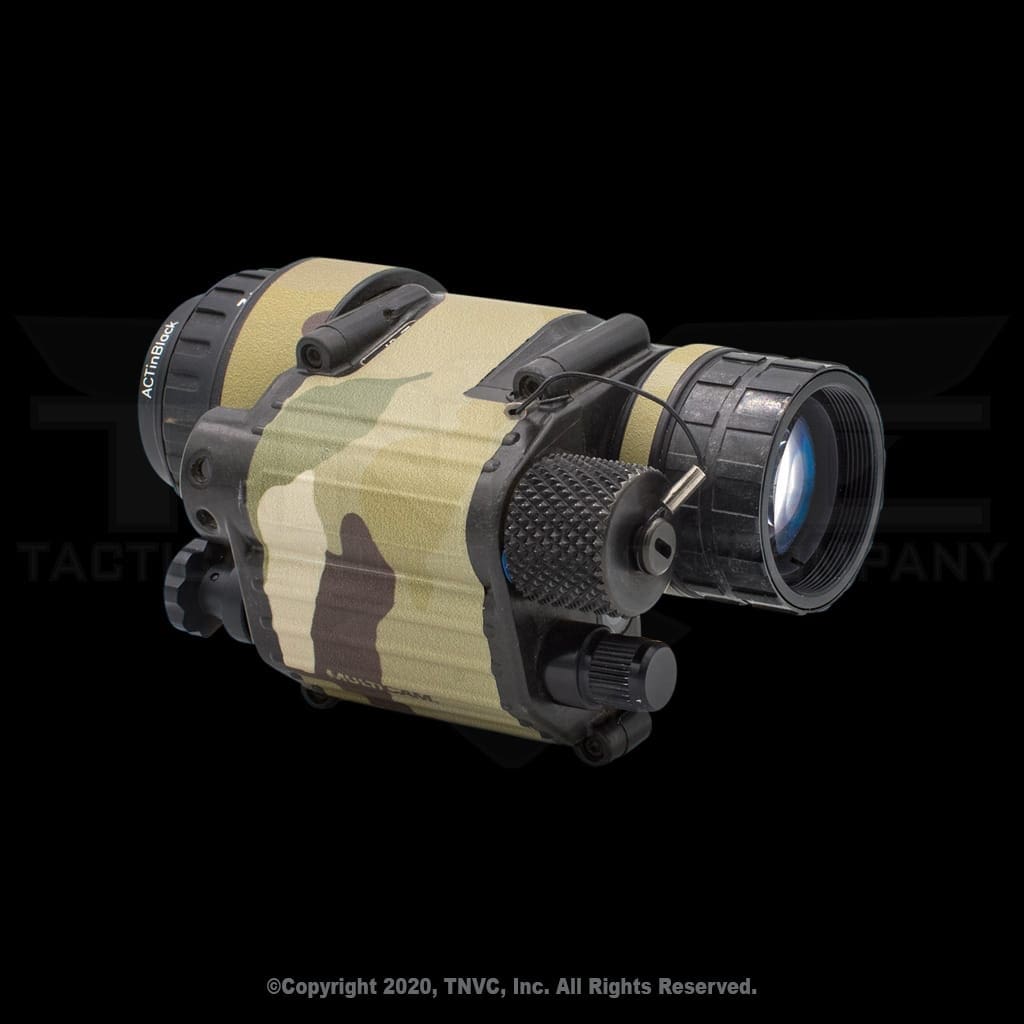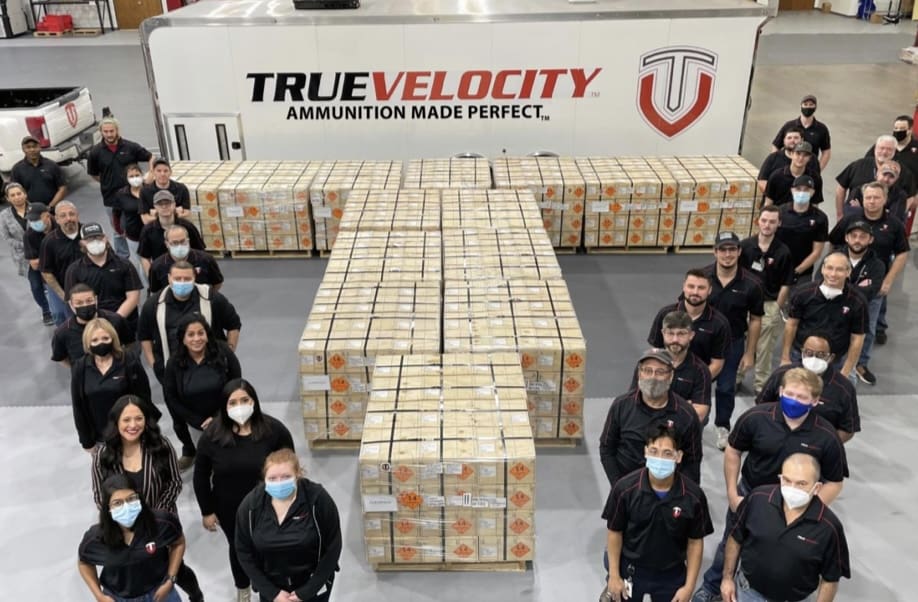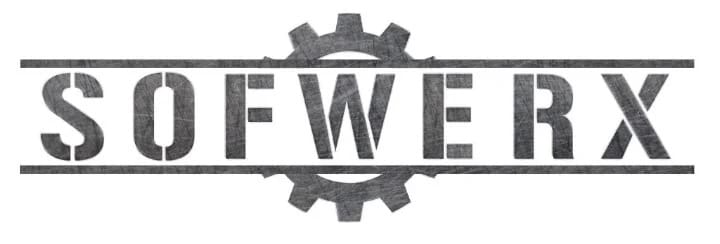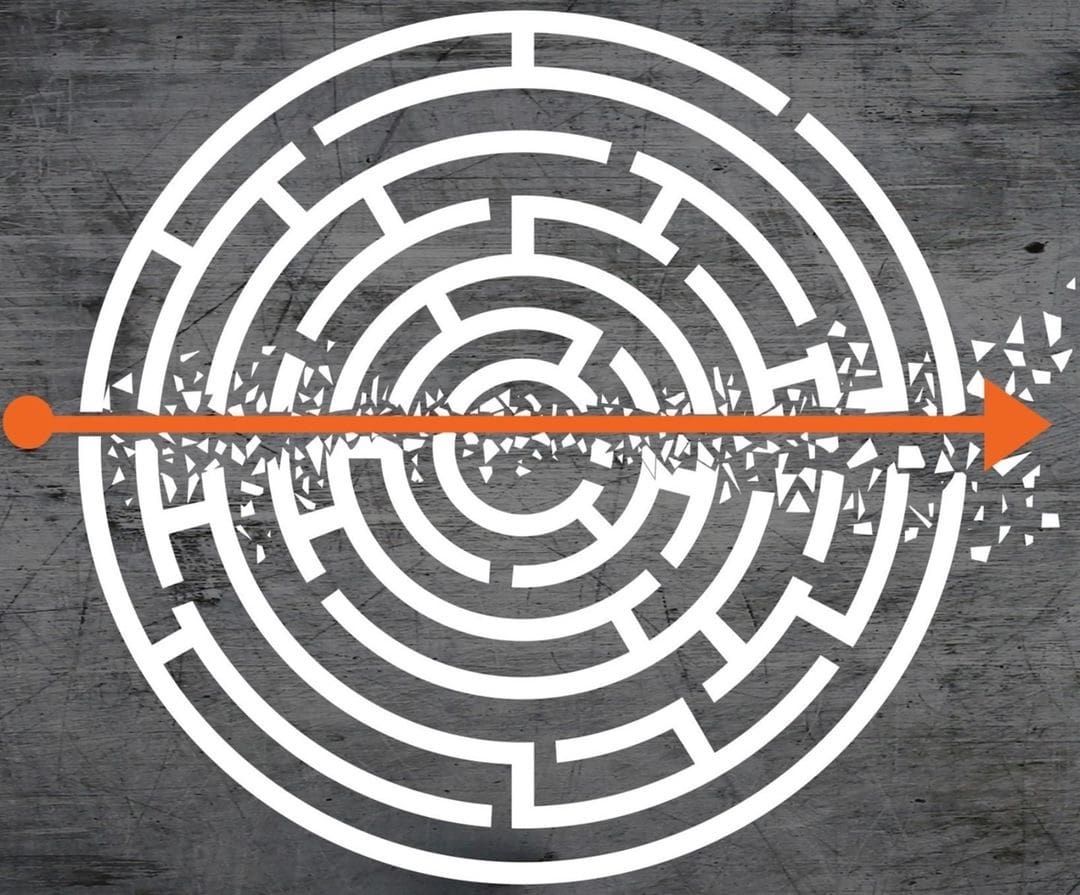DSEI is on track to deliver the event’s most comprehensive iteration to date, with both returning key accounts and first-time exhibitor numbers reflecting the industry’s commitment to a return to live events. As the UK’s leading networking event for security professionals from industry, infrastructure, government and policing, CTX attracts attendees and exhibitors from across Europe, all of whom will have the opportunity to seek counter-terror business synergies with a wider pool of stakeholders attending DSEI across the Land, Naval, Aerospace, Joint, and Security domains.
“We are pleased to report that we are on target to deliver a strong DSEI in 2021, both in terms of new exhibitor bookings and organic growth of stand size,” Grant Burgham, DSEI Event Director, said. “Thanks to careful management of the floorplan yield we can run CTX and FEE alongside DSEI and offer attendees and stakeholders a week of business opportunities that will prove to be worth the wait after a tumultuous 18 months for our industry.”
“As a strategic counter-terror event with a global audience, large numbers of the CTX audience typically travel to the event from overseas,” Tracy Bebbington, Event Director, CTX , said. “We have decided that there is a strong cross-over audience between CTX and DSEI attendees that we could leverage to deliver two events side-by-side in 2021 and enable our attendees to take advantage of the business opportunities this will offer.”
Clarion Events, one of the largest exhibition organisers in the world, hold the safety and well-being of all event attendees as the highest priority. DSEI aims to deliver an event as similar to those in previous years as possible and will fully implement all public health requirements, in order to make the venue Covid-secure. Working alongside Government, public health officials, the venue, business partners, transport operators and hotels, DSEI 2021 will take all the necessary precautions.


